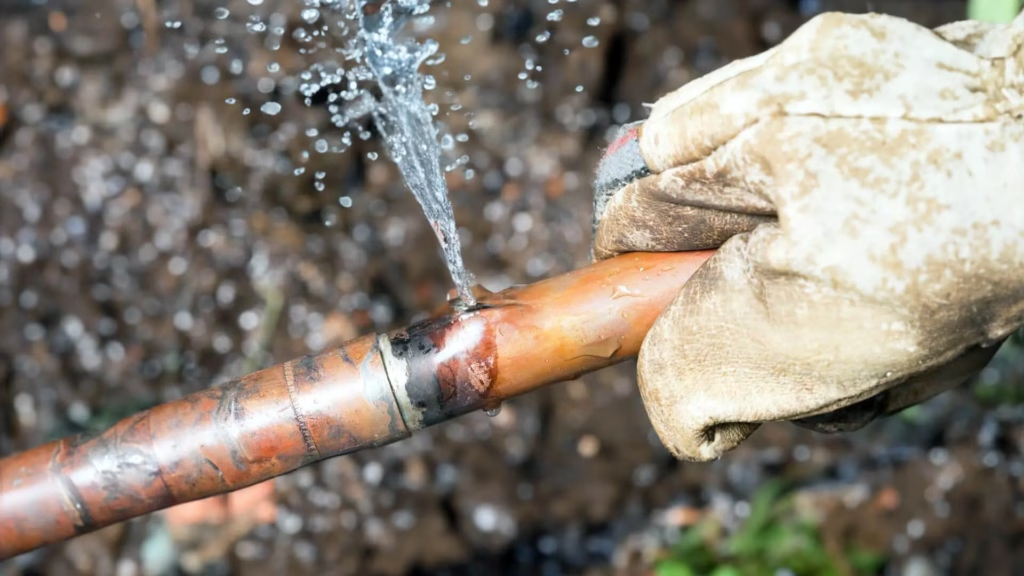Water leaks in a commercial building can lead to severe structural damage, mold growth, and costly repairs if not addressed promptly. Whether you’re a business owner, property manager, or employee, knowing how to respond to a leak can prevent further issues. Here’s a step-by-step guide to identifying, addressing, and preventing leaks in your commercial property.
Signs of a Water Leak in a Commercial Building
Detecting a water leak early can save your business from extensive damage. Here are the most common indicators:
• Unusual Water Bills – A sudden spike in water costs may signal a hidden leak.
• Damp or Discolored Walls & Ceilings – Water stains, peeling paint, or bubbling wallpaper are warning signs.
• Musty Odor – Mold and mildew thrive in damp areas, often indicating a slow leak.
• Pooling Water – Puddles near walls, windows, or appliances may be signs of an ongoing leak.
• Unexplained Mold Growth – Mold in areas not typically exposed to moisture can suggest hidden water damage.
Immediate Steps to Take When You Find a Leak
If you discover a water leak in your commercial property, taking swift action is crucial:
1. Locate the Source of the Leak
Determine where the water is coming from. Common sources include:
- Roof Leaks – Damaged shingles, clogged gutters, or aging roofing materials.
- Plumbing Leaks – Burst pipes, faulty fixtures, or worn-out seals.
- HVAC System Leaks – Condensation buildup or drainage issues.
- Foundation Leaks – Cracks in the building’s structure allowing water intrusion.
2. Shut Off the Water Supply
If the leak is from a plumbing issue, turn off the main water supply to stop further damage.
3. Contain the Water
Use towels, buckets, or wet vacuums to minimize the spread of water, preventing further damage to floors and equipment.
4. Contact a Professional Water Damage Restoration Company
DIY fixes won’t solve the underlying issue. Calling professionals like Advanced Restoration & Construction in Los Angeles ensures a thorough assessment and repair.
Why Quick Action Is Essential
Delaying water damage restoration can lead to:
- Mold Growth – Mold can develop within 24-48 hours, causing health risks.
- Structural Deterioration – Water weakens walls, ceilings, and flooring over time.
- Electrical Hazards – Water exposure to wiring can create fire risks.
- Business Disruptions – Leaks can lead to downtime, affecting productivity and revenue.
Long-Term Leak Prevention Tips
Preventing future leaks requires regular maintenance and inspections. Here’s how:
1. Schedule Routine Inspections
Have professionals inspect your roof, plumbing, and HVAC systems for early signs of wear and tear.
2. Maintain Gutters and Drainage Systems
Clogged gutters cause water backups, leading to roof leaks. Ensure they’re cleaned regularly.
3. Install Leak Detection Systems
Smart water sensors can alert you to leaks before they cause extensive damage.
4. Seal Cracks and Weak Points
Check windows, doors, and foundation cracks to prevent water intrusion.
5. Educate Employees on Leak Awareness
Encourage staff to report signs of leaks immediately to prevent costly damage.
Faqs
Immediately. Water damage worsens quickly, leading to mold, structural issues, and higher repair costs.
Unexplained water stains, mold growth, or higher utility bills may indicate a concealed leak.
Professional restoration is recommended to ensure the issue is fully resolved, preventing future problems.

